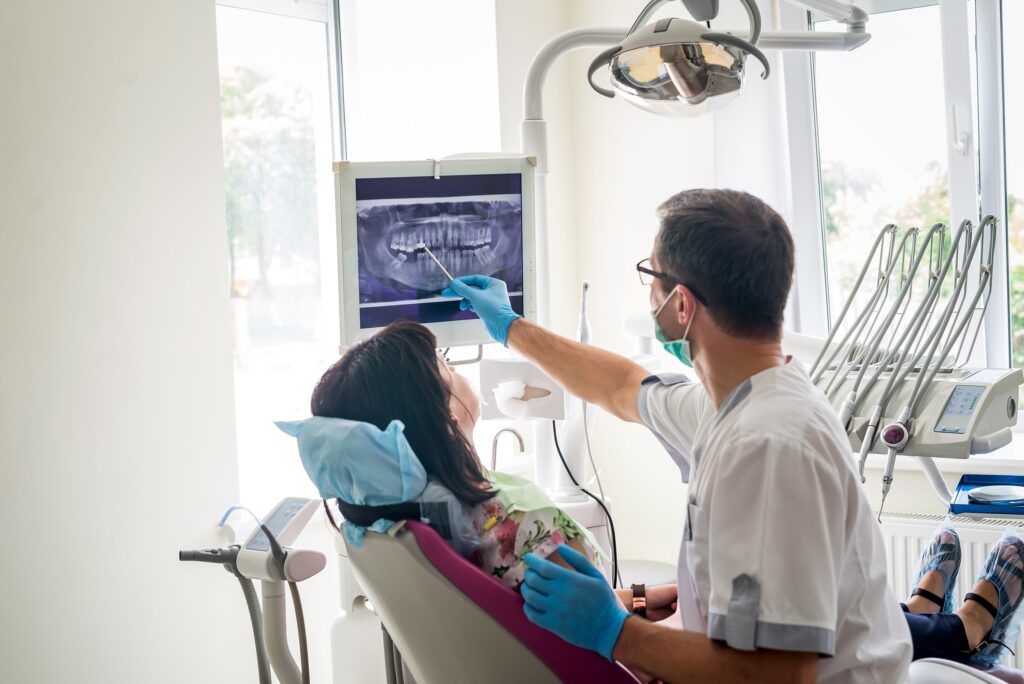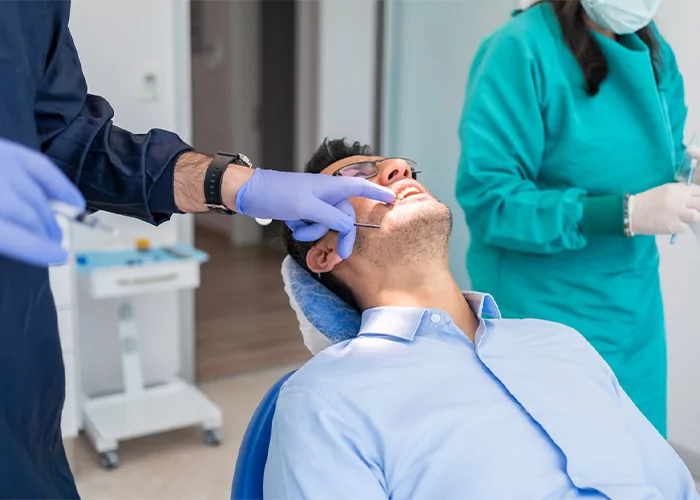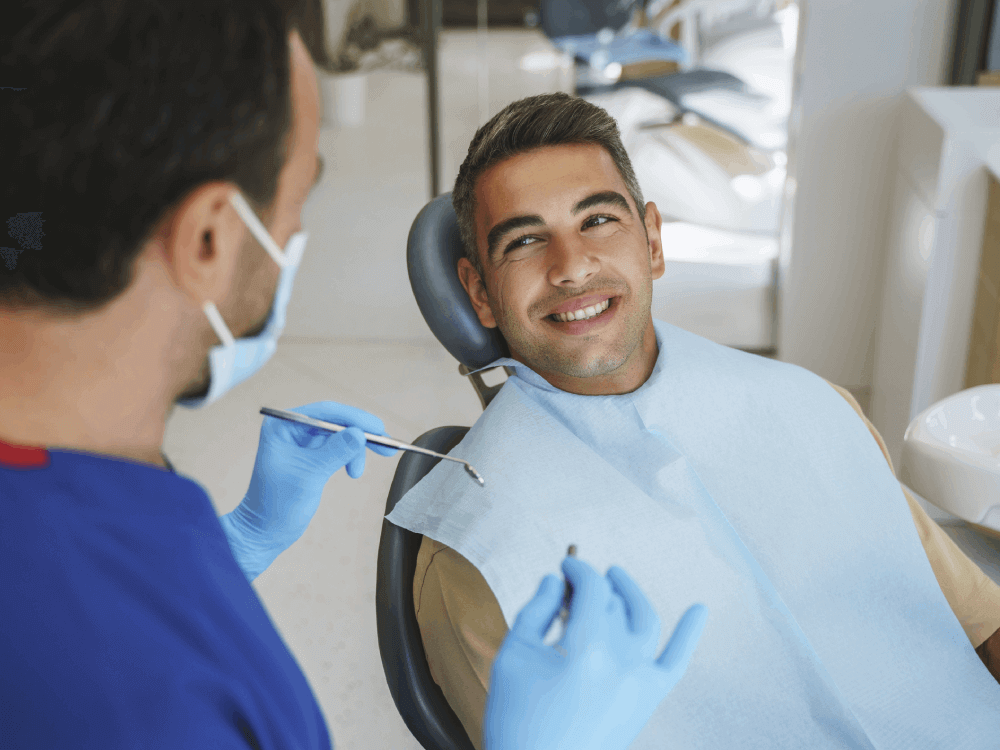Comprehensive Dental Care Tailored to Your Smile
Discover Our Full Range of Dental Services
Preventative Dental Care
Preventative dentistry, or general dentistry, encompasses a wide range of services and treatments to maintain and improve your oral health. This includes regular check-ups and maintenance, emergency dentistry, fillings and sealants, periodontal disease (gum disease) management, and more. At Westhill Dental, we offer comprehensive care to ensure all your dental needs are met. To learn more about the individual services we provide, please explore below.

Restorative Dental Care
At Westhill Dental, we understand the importance of maintaining a healthy mouth and a beautiful smile. Our experienced dental team uses advanced tools and techniques to provide restorative dental care, including dental implants, dentures, tooth extractions, root canals, and crowns and bridges. We strive to ensure the best possible outcome and your highest level of satisfaction.

Cosmetic Dental Care
Cosmetic dentistry can provide you with the confidence to show off your smile, even if you suffer from crooked, misshapen, misaligned, gapped, or discolored teeth. These treatments are designed to give you fast and effective results with minimal discomfort and no lengthy recovery period. Cosmetic dentistry will dramatically improve the appearance of your teeth.

Orthodontic Treatments
Keeping up your oral health and function is important to keeping your mouth–and your smile–in the best optimal shape. We use procedures to prevent and correct any issues you may have including space maintainers, bite corrections, and spacing or crowding issues.

Specialty Services
At our practice in Greenville, WI, we take pride in being experts in nearly every type of dental care. However, we have become especially known for a few services in particular, such as, full-mouth dental implants, clear aligners, dental implants, emergency dentistry, sleep apnea, and sedation treatments. Learn more about these specialties below.

Westhill Dental
At Westhill Dental, we have cultivated a welcoming atmosphere and use the latest technology to create the best dental experience for every patient. We love meeting new patients and being a one-stop shop for your dental needs. Our office provides affordable dental care to anyone in Greenville and the surrounding areas.
I highly recommend Westhill Dental. As someone who has had a terrible fear of dentists since I was a child, Dr. Trenton and everyone on staff help me feel cared for and comfortable. Everyone is very friendly but still extremely knowledgeable and professional. Only state-of-the-art equipment and procedures are used. I know I'm in very good hands when I'm at Westhill Dental. They feel like family, in a good way!
- Cynthia M.
WOW! My dental hygienist, Nicole, was on fire! High energy, very knowledgeable, highly professional, and incredibly thoughtful. I loved my experience here. Dr. Ian joined us and was a compliment to Nicole's initial workup. They were a great team and so very nice!
- Judy B.
I recently had a fantastic experience at Westhill Dental. The staff was friendly and professional, and the hygienist (Alex) did a thorough job. The dentist (Ian) took time to explain everything he looked for in the X-rays and was detailed about a treatment plan! The office was clean, and the atmosphere was welcoming. I highly recommend Westhill Dental for their excellent service and care.
- Josh H.
I recommend 100% going to Westhill Dental. I love how everybody is so friendly. They make you feel welcomed and comfortable. Also, I love my dental hygienist, Alex. She is so friendly and professional. A great experience every time I go!
- Grecia G.
My first visit to Westhill Dentistry was a really great experience. Everybody was friendly and professional. Not a single negative. My second visit was just as good as the first. Great staff. Great atmosphere. My experiences with Westhill Dental are all positive.
- Janet C.
Very grateful for Westhill. They took me in on an emergency, and I've been going back ever since. This facility is very professional and friendly. It's hard to find the perfect place to go, but so far, I'm happy with the entire staff, my dentist, and the women who work up front! Thanks, Westhill!
